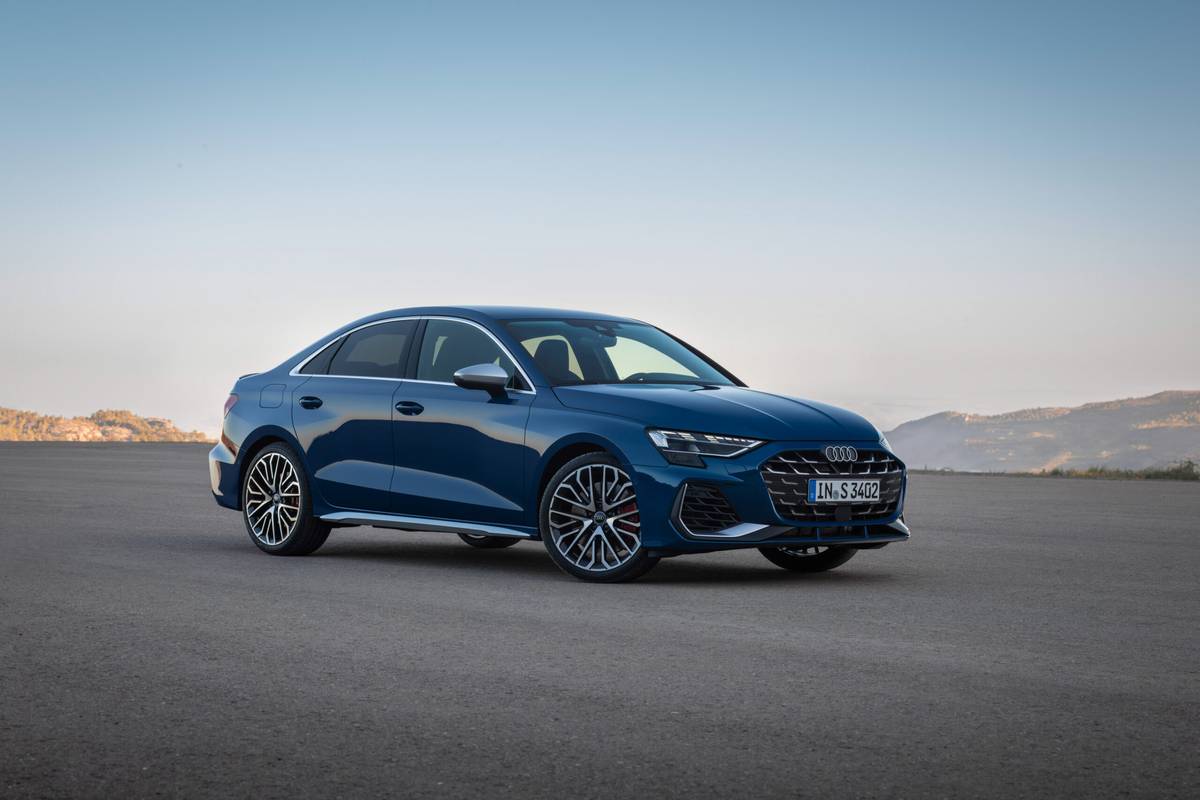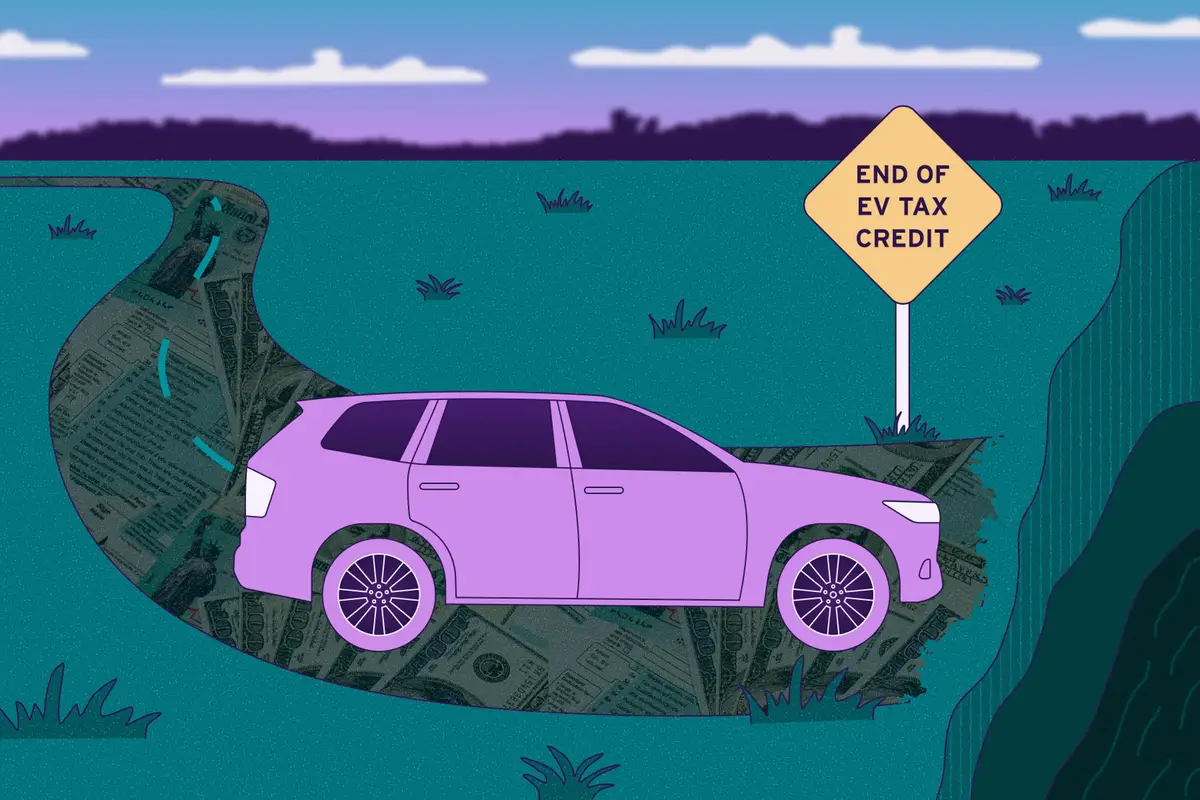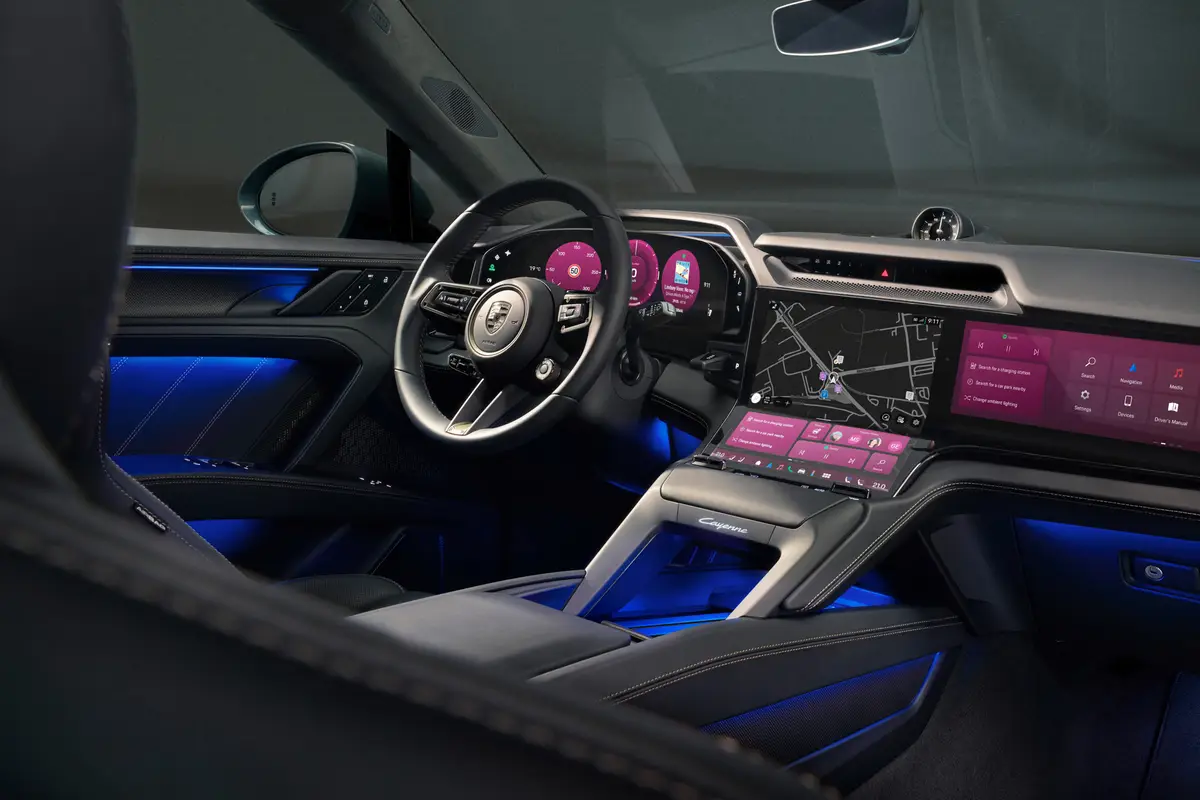Orlando Sentinel's view
But the updated 2009 models get it done just a bit better.
Yes, sales were down just slightly for 2007 — Toyota sold 371,390 Corollas, compared to 387,358 in 2006 — but that’s hardly cause for alarm: The Corolla was still America’s fifth best-selling vehicle last year, following the Ford F-150, Chevrolet Silverado, Toyota Camry and Honda Accord.
Still, Toyota has completely redesigned the Corolla for 2009, as well as the Matrix, which is so close to the Corolla that Corolla/Matrix sales are reported together. The vast majority of the sales, however, belong to the little Corolla sedan, America’s poster child for reliable, inexpensive, staid transportation. While the Corolla may sell marginally more cars than the Honda Civic — which, incidentally, was the sixth-best-selling vehicle in America last year — the Civic is regarded as more fun, more lively, certainly more desirable to those drivers who place an above-average emphasis on driving dynamics.
This hurts Toyota’s feelings a little, and one of the new models we’ll see in the 2009 Corolla lineup is the return of the sporty XRS, and it gets a redesigned 2.4-liter, 158-horsepower four-cylinder engine, compared to the 1.8-liter, 132-horse four-cylinder the other Corolla models receive. It certainly adds some pep to the Corolla, but even at 158 horsepower, it’s still 39 short of the Civic Si sedan, and the Civic handles better. Still, the Corolla XRS, especially with its boy-racer body cladding, should appeal to some younger customers.
As should the less-expensive Corolla S, which looks like the XRS but lacks that car’s bigger engine and 17-inch tires and wheels, but still acquits itself well on winding roads. The 132-horsepower 1.8-liter four-cylinder is different from the 126-horse 1.8-liter the current Corolla has, and this new one is a mild improvement. It has variable valve timing on the intake and exhaust, instead of the intake only.
The 2.4-liter engines get the five-speed manual transmission, or a five-speed automatic. The 1.8-liter models get a five-speed manual, or a four-speed automatic. Toyota says to expect the larger engine to get 22 mpg in the city, 30 mpg on the highway, while the smaller engine should get 27 mpg city, 35 mpg highway.
There are five flavors of Corollas for 2009, which Toyota thoughtfully labeled: The Standard (“solid and economical”), LE (“established and insightful”), XLE (“accomplished and refined”), S (“sporty and youthful”), and XRS (“spirited and performance-driven”).
All models are 2.4 inches wider than the 2008, and just slightly lower and longer. Wheelbase, at 102.4 inches, is unchanged. Even the “solid and economical” Standard comes with antilock brakes, brake assist and electronic brake-force distribution, and side and side-curtain air bags. Stability control and traction control are standard on the XRS, optional on other models. Also optional on the S, XLE and XRS: a navigation system.
Outside, the Corolla remains a Corolla, but it looks a bit more like the Camry’s little sister than it used to. Inside, there are no surprises, which is how Corolla buyers like it: The car is roomy for its size, quiet on the highway and feels as solid as ever.
Prices won’t be announced until closer to the on-sale date next month, but expect a modest increase across the board to pay for a better, and better-equipped, Corolla. Presently, list price on the cheapest 2008 Corolla is just more than $15,000 with shipping.
It’s sobering to think that this is the 10th-generation Corolla, and that this car came to the United States in 1968 with very much the same mandate it has now: Provide reliable, inexpensive transportation — pretty much all small cars were “staid” back then — and it still gets the job done.
Sentinel Automotive Editor Steven Cole Smithcan be reached at scsmith@orlandosentinel.com.
Latest news



